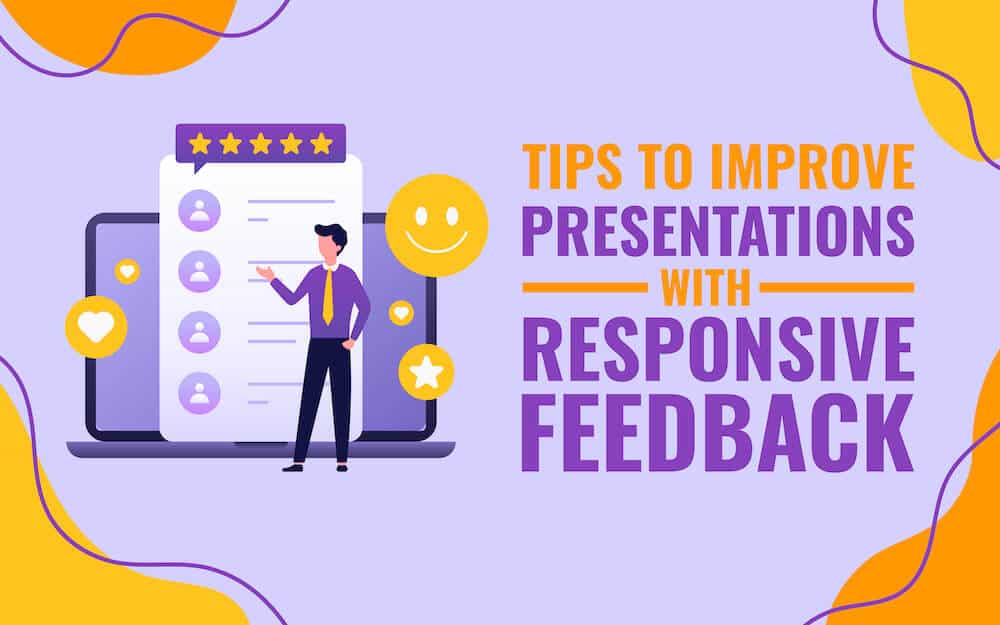
Being a great public speaker has always been challenging. Let’s face it, getting up in front of a group of strangers takes courage and a commitment to ensuring the 3 E’s: engagement, education, and entertainment.
But these days, even the 3 Es’ aren’t enough to come off as an awesome speaker. Today’s audiences are different from what they were just a decade ago. No longer sitting rapturously in their seats, today’s audience members are likely to have a mobile device in their hands and real-time access to a variety of social media channels.
This means, not only do presenters have to keep their cool as they stare out at a sea of cellphones, they also have to prepare differently if they don’t want real-time tweets going out about how their presentation is tanking.
With this in mind, here are some presentation tips you should follow in this new age of social media.
Don’t Be Thrown by Eyes Looking Down
Sure, it’s always nice to look out at the audience and see faces looking back at you. But these days, you’re more apt to see everyone looking down, tapping on their cellphones. Don’t let this throw you.
It is far worse to see people whispering to one another or people sitting with eyes closed, nodding off. Your audience members may be tweeting out some important things you’ve shared.
Don’t be a Device Dictator
It will be all too tempting to walk out onto the stage like a dictator and demand that everyone shut off their phones during your presentation. While many may do it, you won’t have won any popularity points.
Your audience does not want to be told how to listen to your presentation. If you have a topic you’re passionate about and have prepared well, trust that your listeners will give you their attention, no matter where their eyes land.
Don’t Be a Lazy Presenter
Back in the day you could have gotten away with including some facts you may or may not have carefully checked. Your audience would be none the wiser. But with the ability to Google a piece of data in real-time you’re not going to get away with anything. Be sure every piece of data and every quite is accurate.
Be Tweetable
If you have prepared well for the big day, there is a very good chance your audience will be hanging onto your every word. The problem may be that if you string together too many words, they won’t be able to tweet them.
Today’s most effective speakers are the ones who speak Twitterese. This means they make sure to pepper their speech with tweetable quotes. You know, little sound bites or puns that help you and your presentation to be memorable.
Remember the Real Size of Your Audience
Each audience member has social media followers. When you engage with your audience, you are essentially engaging with millions of human beings you can’t see in that moment. Yes, this can be a daunting idea at times, but it is important to remember. Presenters have the power to affect, shape and inspire millions of peoples’ lives.
Have a Digital Conversation
Presentations of old could come off at times like old college lectures. You know, the person on stage speaks, everyone else sits there and listens. But many of today’s audience members have been reared on social media. They are used to having conversations with their favorite brands 24 hours a day. They don’t want to just listen to you, they want to interact with you.
To this end, Q&As have changed. Audience members won’t necessarily wait until the end to stand up and vocally ask a question. They will tweet out questions all throughout your presentation. Don’t be afraid to discuss a few tweets right there on stage as this will help your audience feel they are having a conversation with you.
Use Twitter to Shape Your Next Presentation
Back in the “old days,” it wasn’t always easy to get honest feedback after your presentation. When you ask someone for their thoughts, either face-to-face or through an email, that person most likely doesn’t want to say anything that would offend you or hurt your feelings.
But when you look back through the Twitter stream you can see what material really landed with the audience and what didn’t. This 100% honest feedback will help you shape your next presentation, so it can be better received by future audiences.
Today’s audiences certainly do seem more demanding. But maybe that’s the wrong way to look at it. Maybe we now simply have the technology to voice our opinions and complaints like we never could before.
The plus side to these new audience demands is that they force people to become the greatest speakers they can be. The way we look at it, that’s a good thing.



